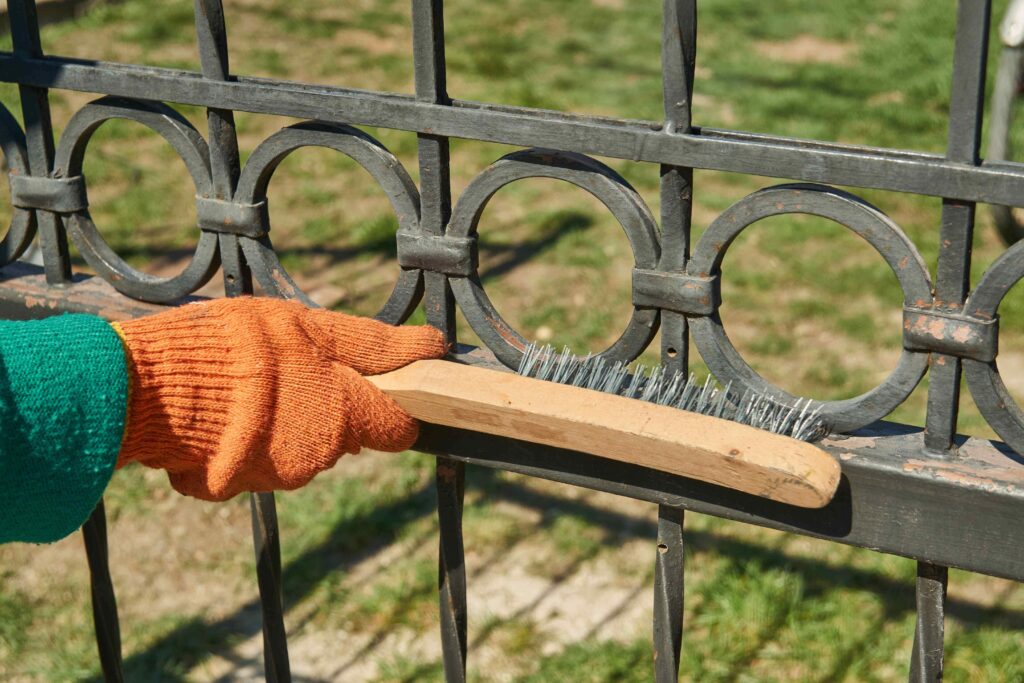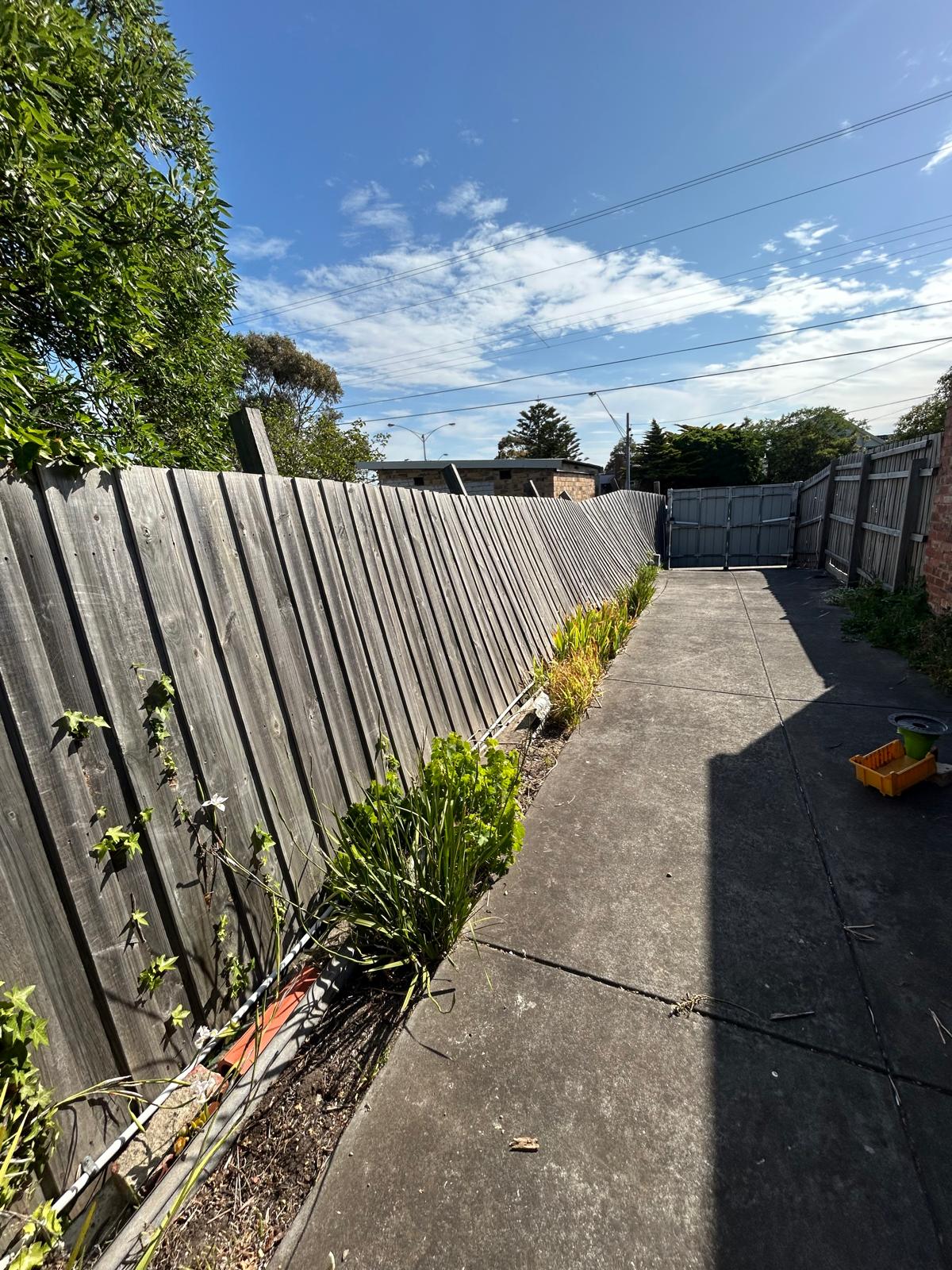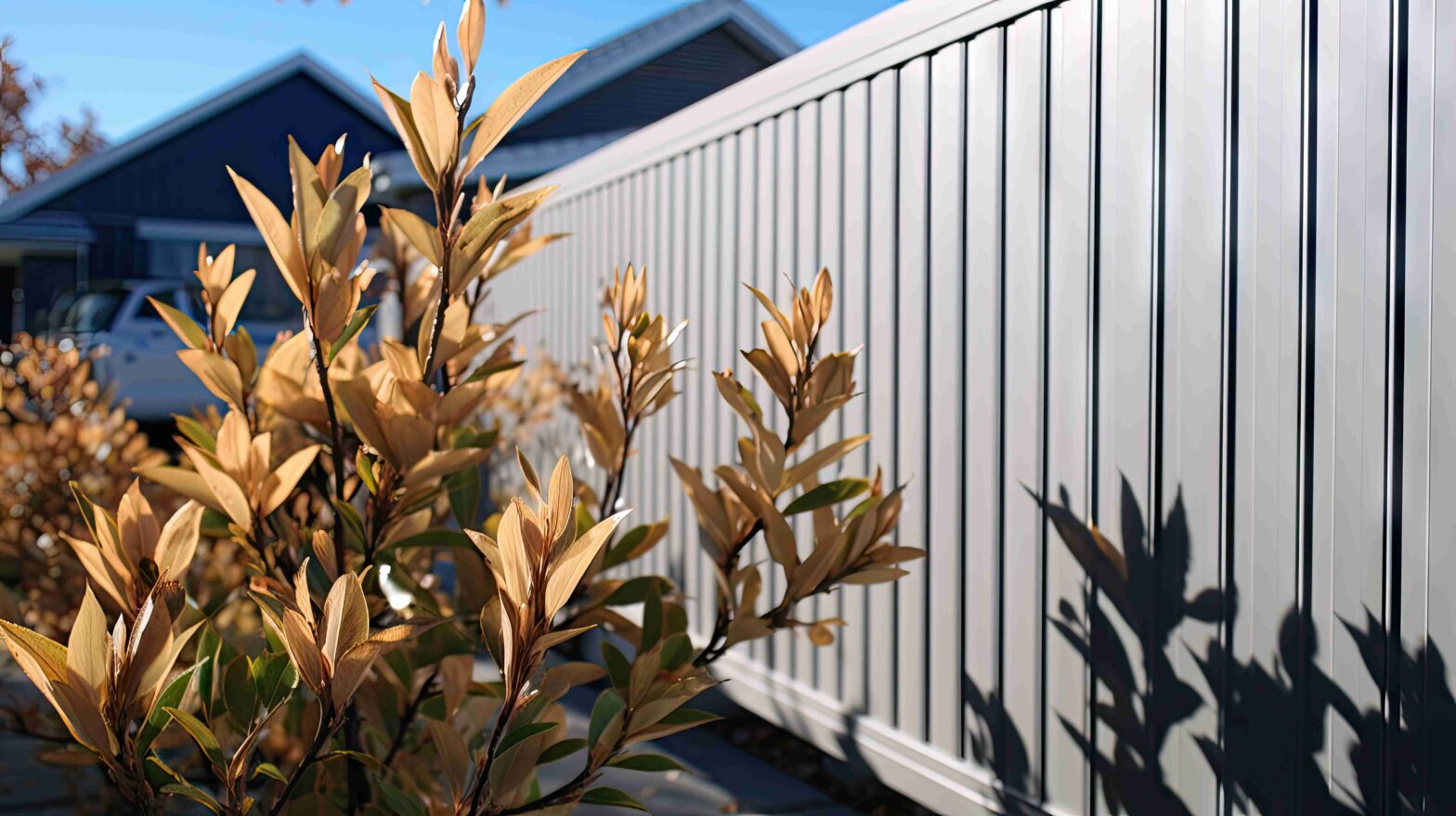How Close to the Ocean Can Salt Impact Your Home?

With the right amount, salt can make any food taste tens of times better. In fact, salt alone can make a decent pan-seared or grilled steak – but you do you.
On the other hand, salt is the bane of homeowners living by or next to the sea. Its penchant for corroding materials has cost households thousands in repairs and replacements. And while moving further inland is an option, not everyone’s ready to give up the pros of coastal living amid its cons, not the least of which is a majestic view of the sea.
On a related note, moving away from the coast may not be a solution. The air in places like Melbourne and Geelong can still have a substantial concentration of salt. Even if you don’t have an immediate view of the beach from where you live, your home and fence can still be at risk of corrosion. So, where exactly is the safe zone?
Why is Salt Corrosive?
Here’s a fact that many people are probably unaware of: salt or salt-rich moisture doesn’t directly cause corrosion, but it speeds up the process. Think of salt as an accomplice to a heinous crime in which building materials are the victims.
Corrosion occurs when a material, typically metal, is exposed to two crucial components: water and oxygen. The latter triggers the chemical reaction required to degrade the metal, while the former helps it along by breaking into its components, which are hydrogen and oxygen. Iron, the base metal for steel, reacts with oxygen to form iron oxide or rust.
As NASA explains, certain metals corrode because they’re applied in environments where they can be chemically unstable. For instance, iron isn’t dug up and harvested as a metal but as ore that contains several other metals. Processing it into steel tends to remove the qualities that allow it to remain stable in nature.
Meanwhile, copper and precious metals such as gold, silver and platinum already exist in nature in their metallic state. We can probably produce a corrosion-resistant fence out of them, but the price tag would make it an impractical solution.
So, where does salt or, more precisely, saltwater come into the equation? Water facilitates corrosion by making the transfer of electrons from the metal to oxygen molecules easier. Saltwater, with its abundance of ions, makes the process much more efficient. The metal doesn’t have to be completely submerged in saltwater; getting drenched is enough.
While we’re on the subject, saltwater doesn’t technically corrode timber but can degrade it in other ways. Studies show that its effects on timber include weakening it by increasing its acidity and affecting its osmotic effect or movement of fluid into the timber.
We’re aware that we just threw too much science your way. Long story short, salt affects building materials differently, whether formed into support beams or fencing panels. It’s why contractors take the project site’s geography into account during planning.
How Far Can Salt Impact Homes?
Fortunately, we already have an estimate of the range of salt corrosivity from the coastline. For the purposes of this post, we’ll focus on the impact on Geelong and Melbourne homes.

AS 4312-2008 categorises locations in Australia into one of six “corrosivity zones.” C1 has the least corrosivity but is typically reserved for indoor environments, while CX is the polar opposite but that’s essentially constant contact with seawater like sea travel. When you factor these in, locations are categorised into one of four.
| Category | Environment (Corrosivity) | Distance | Conditions | Range Extension |
| C2 | Arid/Urban Inland (Low) | At least 50 km from the coast | Normal | None |
| 3 to 6 km from sheltered bay/gulf | ||||
| 1 km of quiet, sheltered sea | ||||
| C3 | Coastal (Medium) | 1 to 10 km from ocean front | Breaking surf, major salt spray | Up to 50 km by prevailing winds |
| 100 m to 6 km from sheltered bay/gulf | Normal | None | ||
| 50 m to 1 km within sheltered bay | ||||
| C4 | Calm Seashore (High) | 200 m to 1 km from the coast | Rough seas and surf | By prevailing winds |
| Shoreline to 50 m from sheltered bay | Same as harbour foreshores | None | ||
| C5 | Surf Seashore (Very High) | Within 200 m of the coastline | Rough seas and surf beaches | By prevailing winds |
Under normal conditions, the air can carry salt-laden moisture up to 50 km from the coast. That’s the distance from Port Melbourne to the northern city limits. Meanwhile, nearly all of Greater Geelong falls within the C3 to C5 range, meaning the only safe haven from salty air is outside the area and further inland.
The standard also states that the level of pollution – particularly sulphur dioxide (SO2) – can enhance corrosivity. SO2 is one of the key compounds emitted by burning fossil fuels, and it can rise into the atmosphere and mix with rain-heavy clouds to form sulphuric acid that eventually falls down as acid rain.
For simplicity’s sake, assume that salt will impact your home if you live within 50 km of any coastline in Australia. All the more if you reside in Geelong or Melbourne, regardless of how far you are from the beaches.
How Can I Mitigate the Impact?
The good news is that manufacturers adhere to relevant standards or are at least aware of this issue. Modern steel fences, such as tubular steel and COLORBOND®, feature several protective layers. In the case of aluminium, its properties already protect it from corrosion.
Keep in mind that no protective system can stop corrosion completely. However, practices like galvanisation and powder-coating can slow the corrosion process by several years, if not decades, allowing the fence to last a lifetime.
The same can’t be said for timber-based fencing, such as brushwood and pickets. When paired with UV radiation intensified by sea surf, the timber will dry more quickly and be more prone to cracking. If you’re less inclined to replace it with a fence that’s better suited for coastal areas, yearly maintenance and sealant application are the next best thing.
Keep up with the latest from Grays Fences & Gates
Subscribe to our blog and get latest news, inspiration, and resources delivered directly to your inbox.


